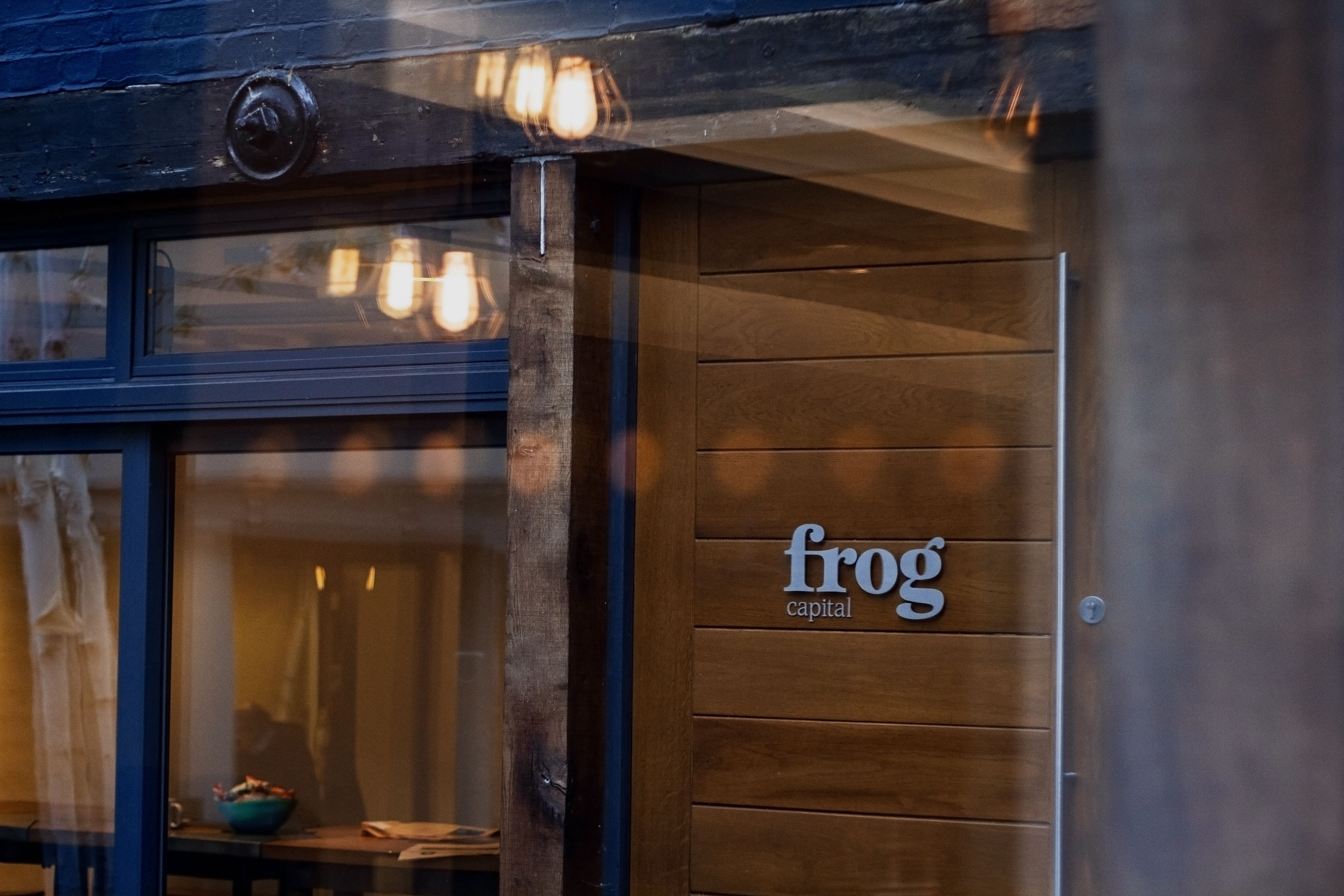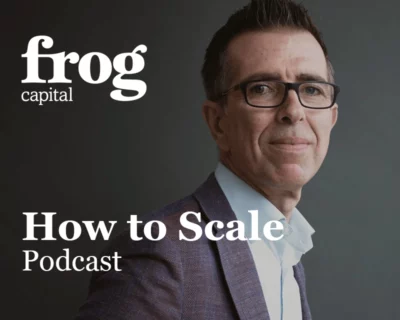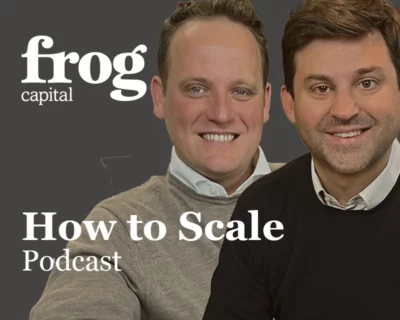Organisation is one of three components of the Planning element of the Frog Scale-up Methodology, the other two being talent and strategy. Organisation covers board governance, composition and effectiveness, which will be covered in separate blogs, but here I will focus on corporate structure.

Corporate structure can drive discipline and accountability at all levels in a business, underpinning consistency and adherence to set targets and ensuring rigorous project control. This helps create a culture where continuous learning (rather than blame) is built in. Good structure also allows a clear flow to board reporting from more detailed divisional reporting.
There’s no template of best practice for organisational structure, rather, it is something that must be tailored to each company and its situation. Our outsourced leadership support partner, John Sutherland of Strategic Resources has written authoritatively on the subject in “Structure follows strategy – but may not look like you imagined” (European Business Review, 2016). Most companies assume the template of the traditional hierarchical organisation chart and end up with compromises of mixed reporting lines but as John says: “Dotted reporting lines mean you can safely assume that hierarchy is an inappropriate organising principle”.
The purpose of structure is to organise your resources in such a way that you are able to deliver your strategy. According to John, “most businesses have structures that lag behind their strategy and have the net effect of slowing down progress against plan. Getting the structure right is like taking the hand brake off.”
The structure of a business will naturally evolve starting from a family cluster (less than 12 people) and then an extended family. By the time it gets to 80 people it will be a tribe with multiple family clusters if left to its own devices. To maintain cohesion, evolution needs to be replaced with proactive design to ensure it is fit for purpose.
John’s six guidelines for structure design are (i) Structure follows strategy; (ii) Structure must be aligned with values and culture; (iii) Size matters, (iv) Understand existing archetypes; (v) Structure should be prescriptive not just descriptive (drive for better don’t entrench the past); (vi) Balance compliance and independence to ensure resilience.
Organising structure archetypes that go beyond the family grouping or hierarchical approach include:
The customer doughnut – customers at the centre with functions around and in some versions, all relations (such as inter-departmental) viewed as customer orientated.
Often cited as an ideal concept but rarely used in practice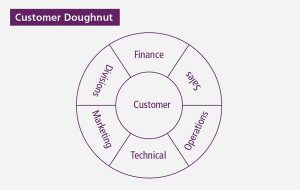
The project matrix – focus on larger scale projects that are required to deliver for customers.
Four organisational strands of; customers, support functions, skills groups and divisions. The latter three are drawn together to service the former for discrete projects.
Mixed success in practice due to inappropriate application without large project focus.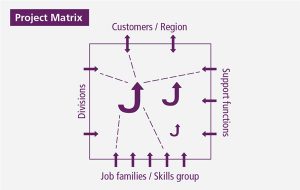
The star performer cluster – a variation of the matrix focused on key employees.
Works well in small, agile software businesses but struggles to scale especially across a multi-location business.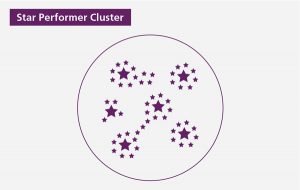
The constitution – clearly articulated values and guidelines provide the principles that empower employees to act freely within them.
Hard for leadership to commit wholly to this ideal and if partially done alongside hierarchy, people may default to reliance on reporting lines.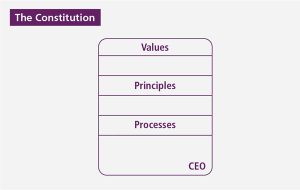
The amoebae – offers flexibility to adapt steadily to new requirements and environment without losing structure completely.
Requires the nucleus (leadership team) of the business to clearly articulate its requirements to allow the structure to move towards those needs.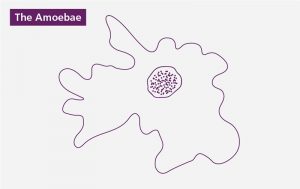
The binary star – dual focus of IP and customer with support function in the middle trying to balance the requirements.
Danger that strength of personalities not business need could unduly influence the attention given by support functions to each star. A product-focused founder could easily allocate resources disproportionately in this structure.
At Frog we recognise the variations that exist within these themes in the many companies we meet and invest in. Currently in the portfolio, hierarchical would be the default form (often with the constitution overlay) but we have those that are still at family grouping stage, moving to tribal and we have an example of a binary star.
The portfolio company that has most consciously chosen an organisational structure works as a project matrix but we see that it is rare for the organisation principle in use to be the result of careful consideration of the options.
A common scenario is that the structure has been inherited from something that worked in the previous business of the founder or CEO or it is a default to a hierarchical approach. This may or may not be appropriate but it is unlikely to remain the right choice through the lifetime of the business. The scale-up phase, where Frog invests, is a great time to assess what is required for the future, and with John’s help, ensure a CEO is enabled to develop a structure that serves their business better going forward.
Full John Sutherland article here


